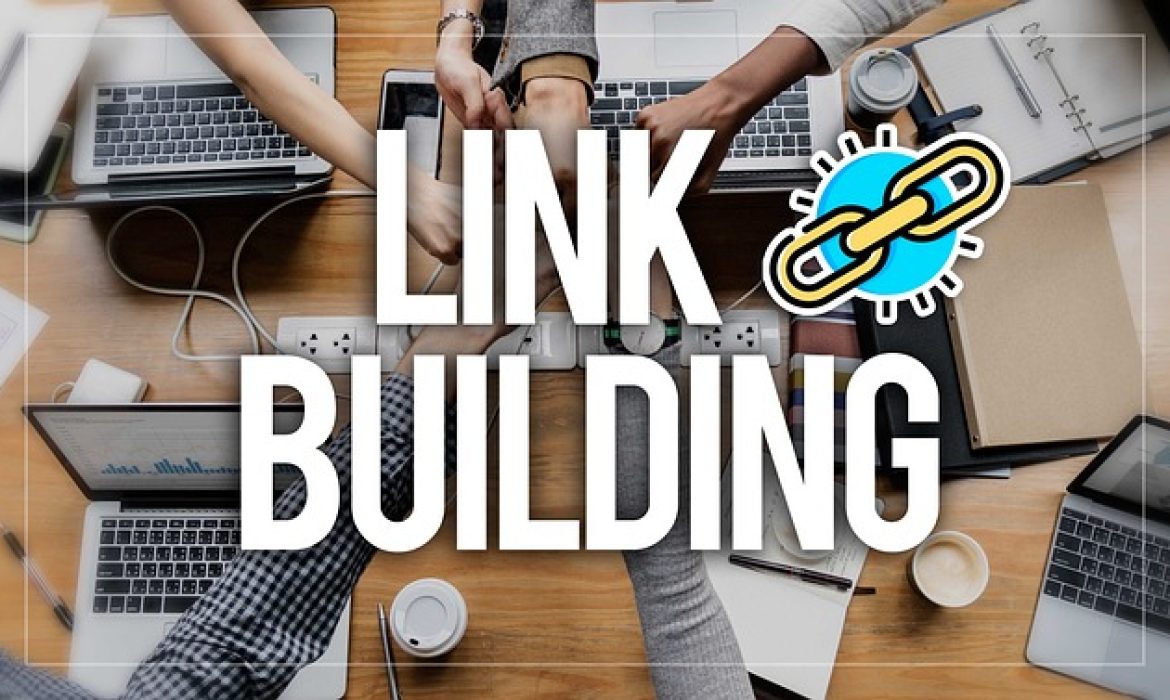
In the world of SEO, the strategic use of links is one of the most effective ways to boost a website’s visibility and credibility. External links, also known as outbound links, are links that point from your website to another website. They are essential for SEO as they not only enhance the user experience by providing relevant additional information but also build a foundation of trust and authority for your site. By following external linking best practices, you can effectively strengthen your SEO efforts and improve search engine rankings. Here’s a guide to understanding external links and how to use them for the best SEO outcomes.
1. Understanding External Links in SEO
External links are links that connect your website to other, unrelated websites. These links are different from internal links, which connect pages within the same website. For instance, if you write a blog on SEO strategies and link to a reputable source like Moz or Google’s official SEO guidelines, that’s an external link.
The purpose of these links is to guide users to credible sources where they can find additional, useful information. From an SEO perspective, linking to high-quality, relevant sites indicates that your content is well-researched and reliable, which search engines consider valuable when ranking pages.
2. Why Are External Links Important for SEO?
External links are a critical component of off-page SEO. Here’s why they matter:
- Credibility and Authority: Linking to well-established, authoritative sites shows search engines that your content is informative and well-supported. It also shows that you’re committed to providing users with accurate information.
- Improved User Experience: When you provide users with access to reputable sources or in-depth information, they’re likely to view your content as more valuable. This can lead to higher user engagement and lower bounce rates.
- Search Engine Signals: Search engines, particularly Google, use external links as a signal that the content is thorough and valuable. Linking to authoritative sites within your niche or industry can help establish relevancy, which in turn supports higher rankings.
3. Best Practices for Using External Links in SEO
To fully leverage the SEO benefits of external links, follow these best practices:
a) Link to High-Quality, Authoritative Sites
When choosing external links, prioritize quality over quantity. Links to high-authority sites with strong reputations lend credibility to your own content. For instance, if you’re writing about health, linking to sites like Mayo Clinic or WHO is better than linking to a lesser-known, unreliable source. High-quality external links can boost your site’s trustworthiness in the eyes of both users and search engines.
b) Ensure Relevance of Linked Content
External links should be relevant to your topic. Linking to sites that align with your content topic shows search engines that your links are valuable to users. For instance, if your blog is about SEO best practices, linking to a reputable SEO resource makes more sense than linking to a cooking site. This relevancy factor is essential for building topic authority and user trust.
c) Use Anchor Text Wisely
Anchor text refers to the clickable text in a hyperlink. For SEO, it’s important that the anchor text accurately reflects the content of the linked page. Rather than generic phrases like “click here,” use descriptive, keyword-rich anchor text that tells users what they can expect. For example, if linking to a page on “SEO best practices,” use that phrase as the anchor text for clearer relevance.
d) Open External Links in a New Tab
To avoid users leaving your site entirely when they click on an external link, set these links to open in a new tab. This ensures users can access additional information without losing their place on your website. While this doesn’t directly impact SEO, it improves user experience and can help reduce bounce rates.
e) Limit the Number of External Links
While external links are beneficial, too many of them can be distracting and potentially reduce the value of your page. Only include external links when they genuinely add value to the content. Ideally, aim for two to five well-chosen links per page to maintain a balance.
f) Use Nofollow Tags for Certain External Links
In some cases, you may want to use a “nofollow” attribute on external links. This tells search engines not to pass authority to the linked page. It’s useful for paid or sponsored links, and links that aren’t necessarily from trusted sources. Applying the “nofollow” attribute protects your site’s SEO while still providing users with additional resources.
4. The Impact of Poor External Linking Practices
Using external links incorrectly can harm your SEO efforts. Here are a few mistakes to avoid:
- Linking to Low-Quality Sites: Linking to sites with poor authority or credibility can impact your site’s reputation and SEO.
- Overusing External Links: Excessive external links can create a disjointed user experience and dilute your page’s SEO value.
- Broken or Outdated Links: Periodically check your external links to ensure they’re still active and relevant. Broken links can lead to a negative user experience and may impact your SEO rankings.
Read Also:-
Conclusion
External links play a vital role in SEO by enhancing content credibility, improving user experience, and sending trust signals to search engines. By following best practices like linking to authoritative, relevant sites, using clear anchor text, and limiting the number of links, you can maximize the SEO benefits of external linking. Remember to also avoid common mistakes like linking to low-quality sites or overloading your content with too many links.
Incorporating external links effectively will not only boost your SEO performance but also make your content more valuable and informative for your readers. When used correctly, external links contribute significantly to establishing your site’s authority and driving higher rankings on search engine results pages.
